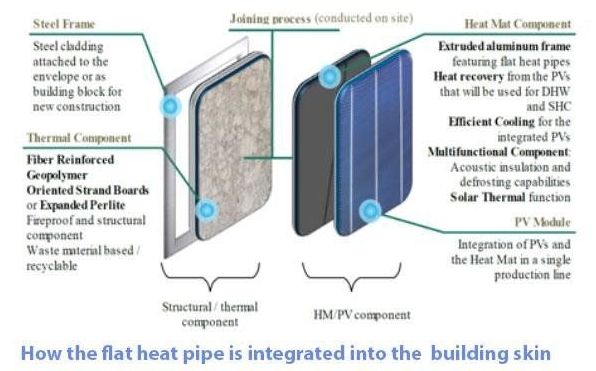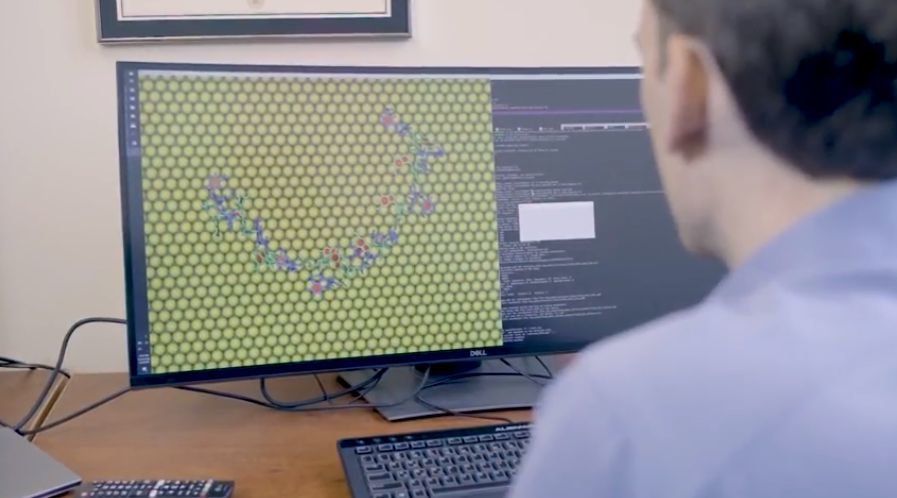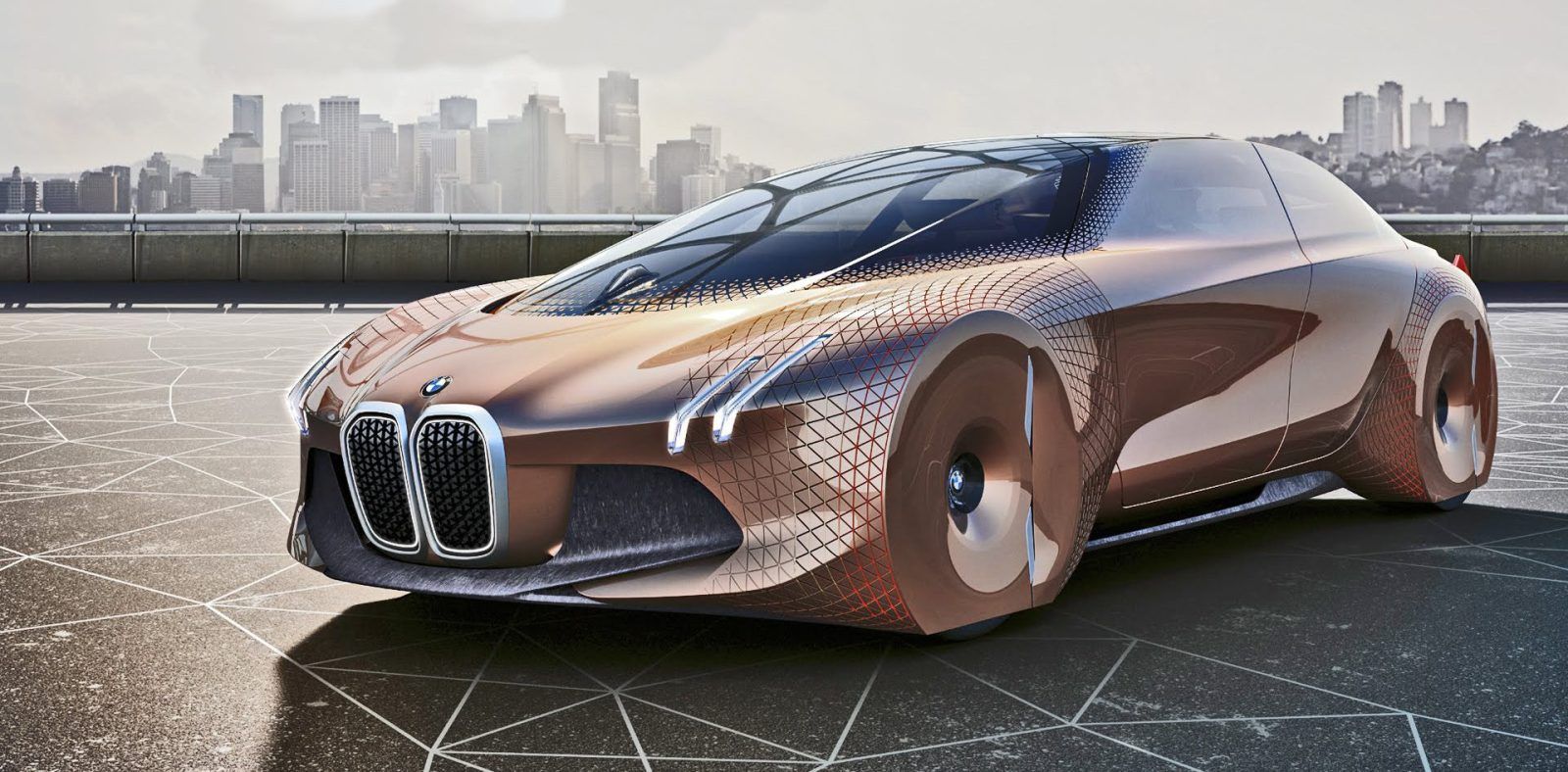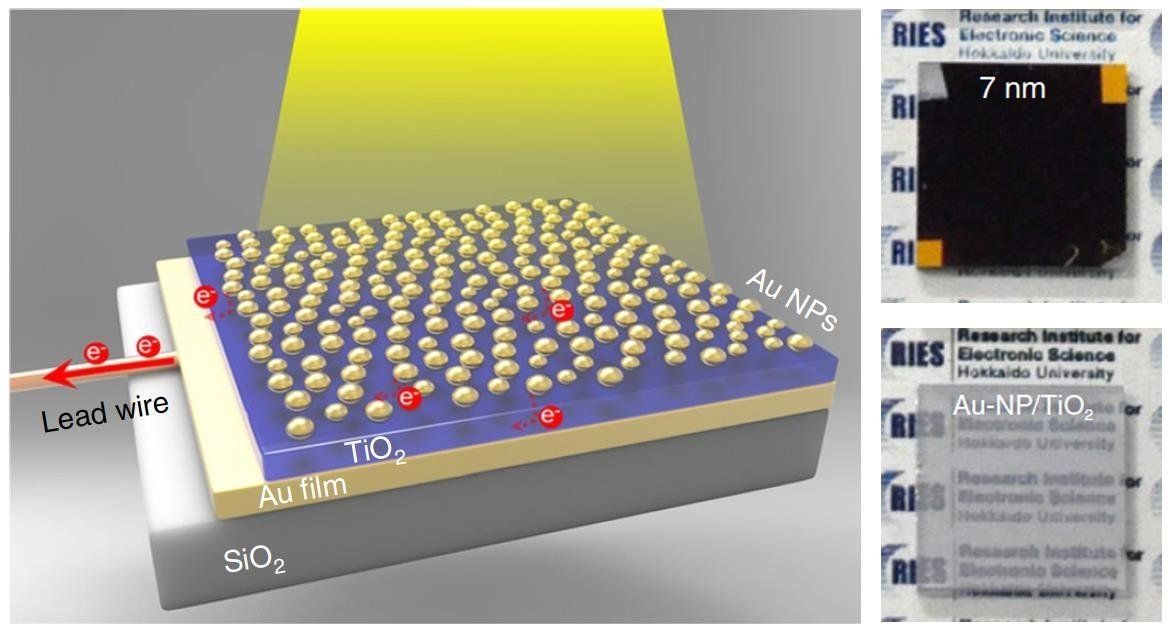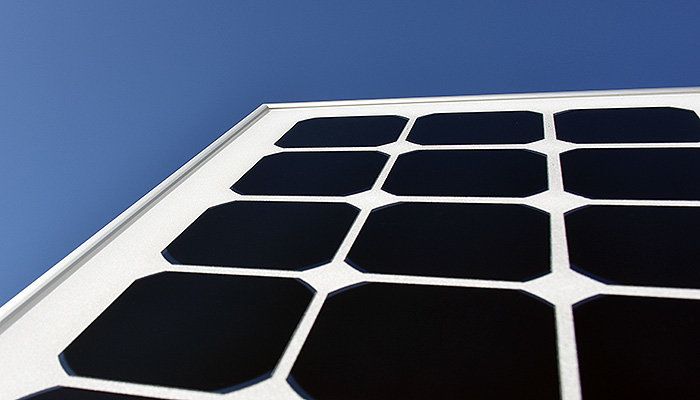WASP, the Italian manufacturer behind DeltaWASP 3D printers, has unveiled a new construction system which will be used to print sustainable houses in a village.
The Crane WASP, also referred to as the “the infinity 3D printer” is designed to accelerate the development of the technological village of Shamballa, a WASP project to develop 3D printed eco-friendly houses. The company states.
“Crane WASP the Infinity 3D printer reinterprets the classic building cranes from a digital manufacturing point of view. It is composed of a main printer unit that can be assembled in different configurations depending on the printing area and therefore on the dimensions of the architectural structure to be calculated in 3D.”

